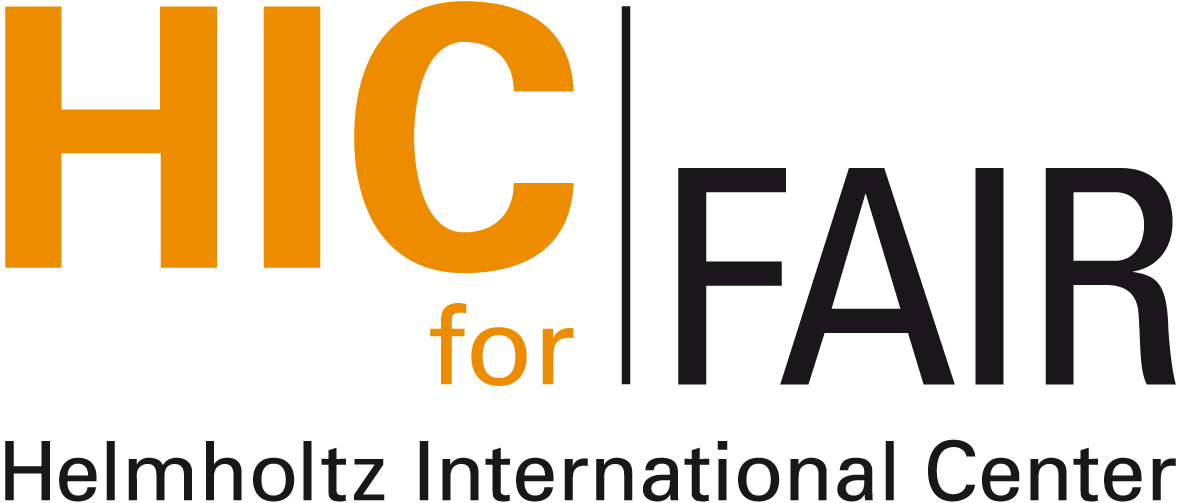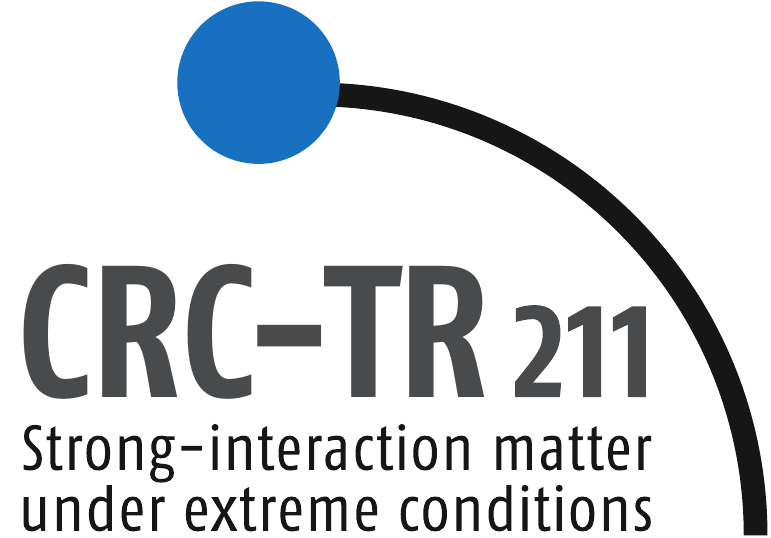


Venue: Otto-Stern-Zentrum,
Hörsaal OSZ H5
Time: Thursday, June 27,
3:00 pm (s.t.)
Contact: hees@th.physik.uni-frankfurt.de
In the Yang-Mills paper of 1954, the conserved isospin current leads to
the SU(2)-gauge theory. In Newtonian gravity, the conserved mass is the
source of gravity. In special relativity (SR), the conserved mass is
superseded by the conserved energy-momentum
current of matter ${T_\alpha}^{\beta}$. Accordingly,
${T_\alpha}^{\beta}$ is the starting point for a gauge theory of
gravity. Rigid translational invariance is made local
at the price of introducing 4 translational gauge potentials (the
coframe $\vartheta$) which compensate the violation of the rigid
invariance. The curl of $\vartheta$ corresponds to the gravitational
field strength. Since the translation group in SR is a subgroup of the
Poincaré group, the group of motion in SR, one has tostraightforwardly
extend the gauging of the translations to the gauging of full Poincaré
transformations thereby also including the conservation law of the angular momentum current. The
emerging Poincaré gauge theory of gravity, starting from the
Sciama-Kibble theory of 1960/61, will be shortly reviewed.